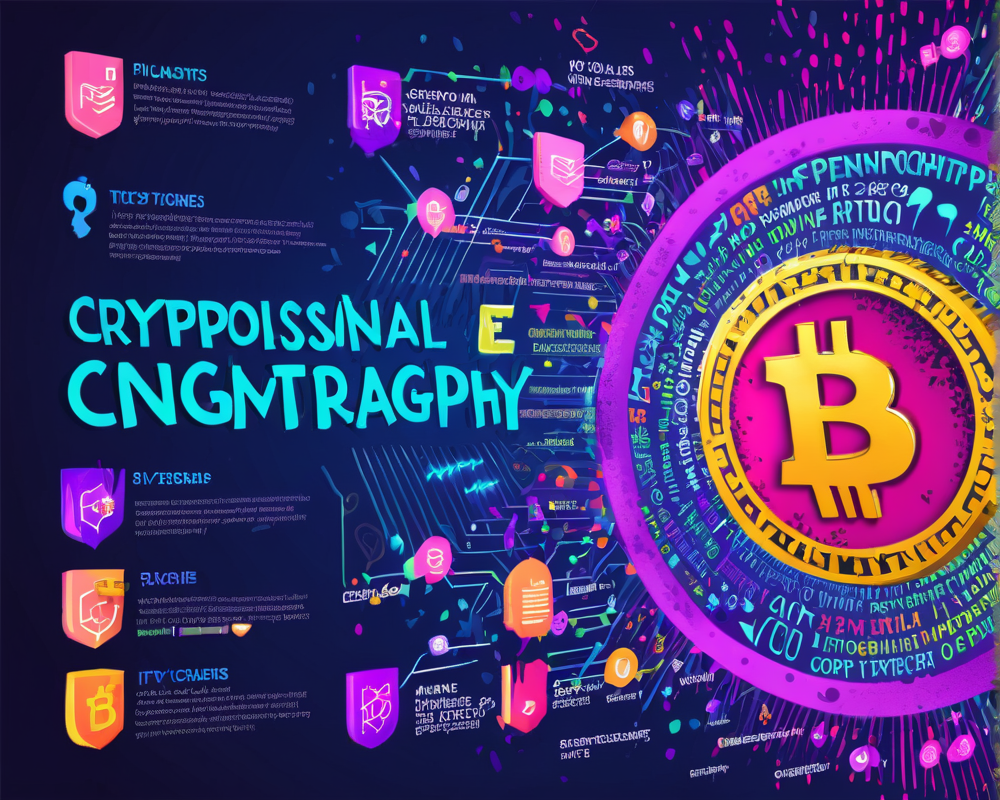Blockchain’s Growing Pains
As of February 2023, Bitcoin boasts over 44.15 million unique addresses with a non-zero balance. However, while this number gives us a rush of excitement, let’s be honest: blockchain technology has grown quite a bit since Bitcoin kicked off the party in 2009. But with this growth comes the ever-looming challenge of scalability.
The Decentralization Dilemma
Both Bitcoin and Ethereum are the titans of blockchain, decentralized and a tad slow. Bitcoin has around 17,553 nodes, while Ethereum has about 7,099 nodes. This architectural beauty not only bolsters security but also contributes to the slower transaction speeds. Of course, there’s a catch — the infamous blockchain trilemma posed by our buddy Vitalik Buterin, who suggests that it’s impossible to have scalability, security, and decentralization all at once. It’s like trying to balance before catching a runaway train; something’s gotta give!
Layer-1 Solutions: The Foundation
Layer-1 (L1) solutions work on optimizing the base layer of a blockchain. Think of them as the home renovation experts trying to make your foundation sound without tearing everything down. For example, Ethereum 2.0 is a classic case, introducing changes like (dank) sharding that allows the network to operate more efficiently by dividing the labor across smaller parts. Kind of like asking your friends to help you move instead of doing it all by yourself!
Layer-2 Solutions: The Support Team
In contrast, Layer-2 (L2) solutions are like putting on a comfy pair of shoes after a long day in the office. These solutions operate on top of L1 to facilitate faster transactions. Ethereum, for instance, has several L2 solutions such as Polygon, Optimism, and Arbitrum, all designed to whisk transactions away from the base layer while still keeping all the important security elements in check.
Strengths and Limitations: The Great Scalability Showdown
Now, let’s talk about what sets L1 and L2 apart. L1s are designed for self-sufficiency, containing all necessary components for data availability and consensus. Meanwhile, L2s, like the cool kids in a high school movie, use off-chain techniques to streamline transactions, resulting in faster performance with the blessing of the base network’s security. Yet, they both have their boons and banes.
The Nakamoto Coefficient: Evaluating Decentralization
The difference in decentralization levels between L1 and L2 is notably depicted by the Nakamoto coefficient. Many L1 solutions, like Near and Solana, boast higher coefficients due to their reliance on numerous validators. Conversely, L2 solutions such as Opside or zkSync may boost scalability but may do so with a reduced number of validators, risking a bit of that decentralization magic.
The Final Verdict
In this ongoing clash between scalability and decentralization, both L1 and L2 have their merits and pitfalls. While L1 gives us security high-fives, L2 brings the pizzazz of speed and lower fees but at the potential cost of security. This cat-and-mouse game will likely define how blockchain scales up to fulfill real-world demands in the near future. Cooperation between L1 and L2 is essential; they’re like the Batman and Robin of the blockchain world, ready to save it from its growing pains!




